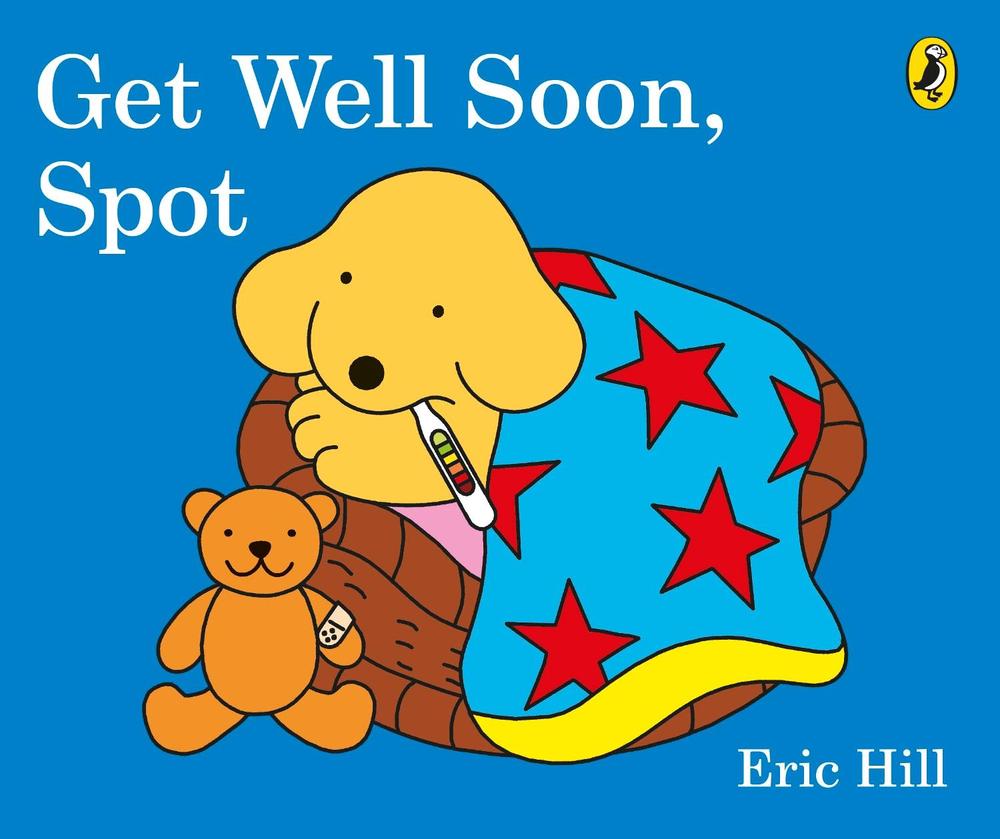

“I don’t have it! Do you? … There’s been no personal experience here.” The implication that AIDS was for other, mockable people carried through into much of Reagan’s presidency. When asked about the disease devastating the gay community, he giggled at the reporter. For an example, you can look to the first White House news briefing on AIDS with Ronald Reagan’s press secretary, Larry Speakes. Officials at that time thought coverage with accurate information would damage America’s chance of winning the war.įourth and finally, bad leaders tend to say anyone who fell ill was a sinner - or at least had it coming.

Not only were there few programs in place to stem these ill effects, but many people just plain didn’t know what was going on. The American Red Cross reported “a fear and panic of the influenza, akin to the terror of the Middle Ages regarding the black plague, has been prevalent.” In rural Kentucky, people began starving to death because they wouldn’t venture outside for food. At least one man who refused to wear a mask was shot in the street, while others slit the throats of relatives who contracted the disease. Suppressing information meant that an ill-informed public had no idea what was going on and, understandably, panicked when people began dying. During the influenza epidemic of 1918, so much of the poor handling of the official response stemmed from the fact that newspapers were encouraged not to write anything that would damage “morale” during World War I. The next thing leaders tend to do wrong is suppress scientific information.


 0 kommentar(er)
0 kommentar(er)
